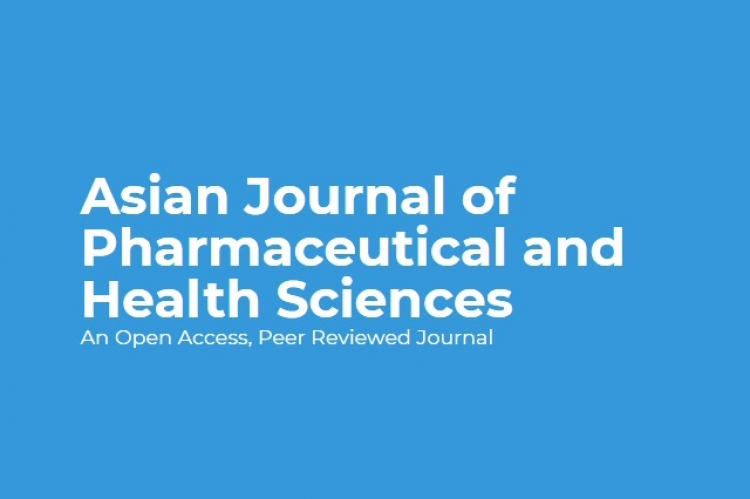University students go through a spiral of activities to meet up with their academic requirements. The aim is compare stress on pharmacy and medical students of the University of Benin considering their similar curriculum. A cross-sectional study conducted among medical and pharmacy students from 200 level to 600 level with a structured questionnaire consisting of items from International Stress Management Association (ISMA) tool and items from SF-12 a “short form” Quality of life questionnaire containing 12 questions about physical, social and psychological health. Data were sorted and analyzed with SPSS version 22. About 634 students participated of which 349 were pharmacy students and 285 were medical students. More Pharmacy students 282(81.3%) reported bringing work home than medical students 197 (69.6%) and 307 (86.5%) pharmacy students did not have enough time to do all things compared with 231 (79.4%) medical students. About one-third of the students from both faculties felt that their self-confidence had reduced, while half of the students in each faculty felt fatigued even after getting adequate sleep. Pharmacy students had a higher mean quality of life score 3.41 ± 0.56 compared to medical students 2.88±0.82 (p-value <0.0001). Males had a statistically significant higher mean quality of life score 3.39±0.63 than females 2.77±0.76 (p-value <0.0001). Males also had higher mean score on each component of the quality of life than females. Both pharmacy and medical students appeared equally stressed. Pharmacy students experienced reduced quality of life compared to medical students, while male students had better quality of life than female students.
View:
- PDF (6.57 MB)


